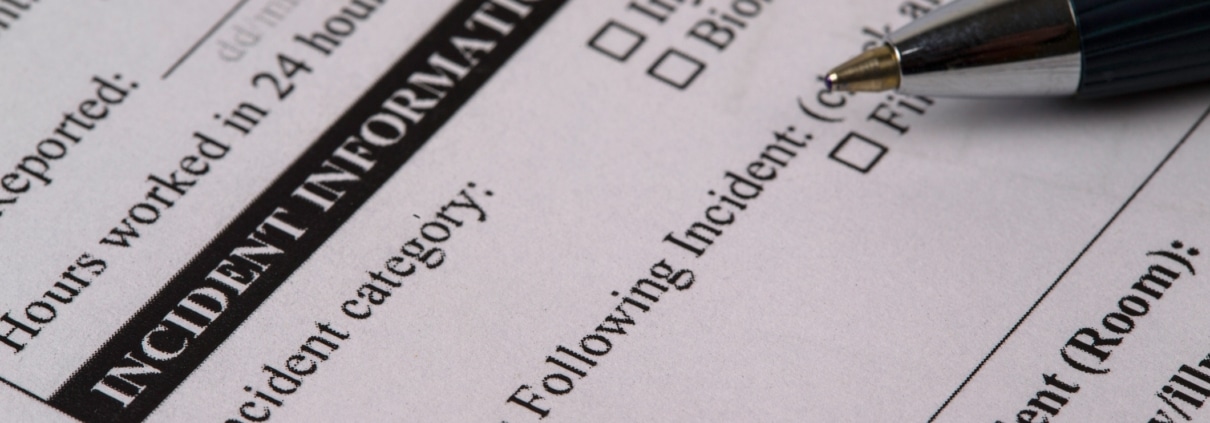For the Record: OSHA-Required Injury Logs and Reports
Ensuring a safe workplace is both a practical necessity and a legal responsibility. Although you may not consider paperwork a central part of your safety plan, following OSHA’s guidelines for recording incidents is not optional. Staying on top of your OSHA record keeping obligations is usually straightforward. More importantly, it’s good for both your employees and your business.
OSHA Records and Reports Required for Your Business
Assuming your company is not too small or in a special low-risk category, you must complete and maintain records of three OSHA forms when a worker is injured.
- OSHA Form 300. This form names, describes and classifies each workplace injury or illness using standard OSHA criteria and classifications. Required information includes the identity and job of the injured worker, the location and time of the incident and a broad categorization of the injury. The Form 300 incident log provides a top-level survey of your site’s safety performance for the year.
- OSHA Form 301. The Form 301 Incident Report must always be completed when a worker suffers an illness or injury that you have added to your Form 300 injury log. OSHA Form 301 collects many of the same basic facts about the injury or illness that has occurred, but also includes further details about the incident’s causes and effects. For example, the Incident Report allows you to record any medical treatment the worker received in the immediate aftermath of the incident.
- OSHA Form 300A. This form is the Summary of Work-Related Injuries and Illnesses. You complete a Form 300A report every year, based on the records in your Form 300 log. Form 300A sums up all of the recordable events your workers experienced during the year, with final totals for each significant injury type. Form 300A also collects the annual total of injury-related effects, such as missed work or job duty changes. Your Form 300A summary report must be posted publicly at your workplace and should be submitted via the OSHA Injury Tracking Application if you have at least 20 employees.
What Workplace Events Should Be Reported?
All illnesses and injuries are not equal, and only certain types of injuries belong in the Form 300 log. A minor cut or scrape that only needs an adhesive bandage from your first aid kit is not a recordable event. Conversely, a laceration that requires stitches must be recorded. The usual test is whether the injury or illness requires treatment by a physician or whether it causes lost time from work. Obviously, injuries that result in hospitalization or death must be recorded. In fact, fatalities that follow a workplace accident must be reported to OSHA within 8 hours of the worker’s death. Hospitalizations must be reported within 24 hours.
Proper OSHA record keeping not only protects your company from penalties, but it also provides you with priceless data for building and improving your workplace safety protocols. With a few simple forms, you can meet your regulatory requirements as well as your responsibility to maximize safety for your employees. For more details on safety procedures and OSHA requirements, contact Construction Safety Experts at (919) 463-0669 today.







